Have you ever written a shopping list for the upcoming weeks groceries and then forgot to bring it with you to the store? If so, you will know how difficult it is to remember everything that was on the list. The same is true when we have to remember significant amounts of information for an exam or a test.
For children with special needs; remembering all of the steps to a skill such as washing their hands or following a daily schedule can be a similar challenge.
The good news is that there is an evidence-based tool called a “task analysis” that we can use to break any complex tasks into a sequence of smaller steps or actions to help our children learn and become more independent.
What is a Task Analysis?
Task analyses can take on many forms depending on how your child learns.
The examples below show written lists for how to complete tooth brushing:
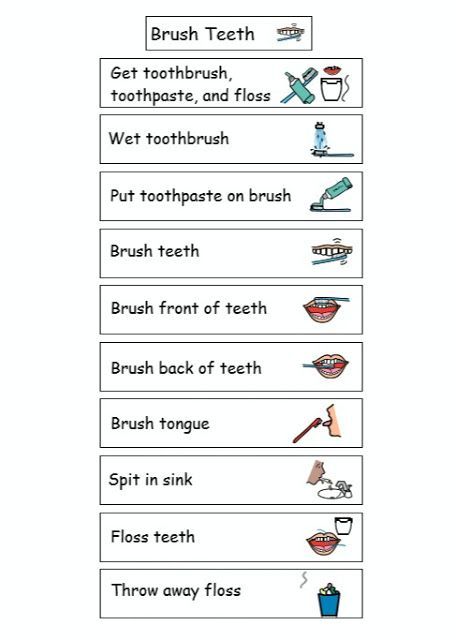
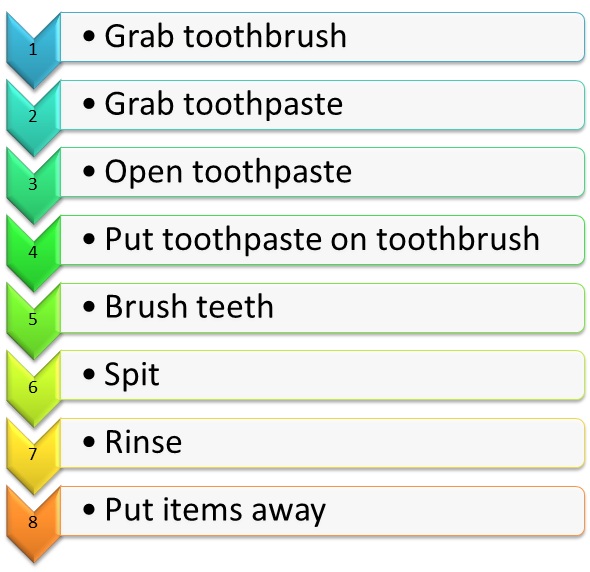
If you are working with children who can read and understand directions, you can use a task analysis that has a lot of detail, such as this example for doing laundry.
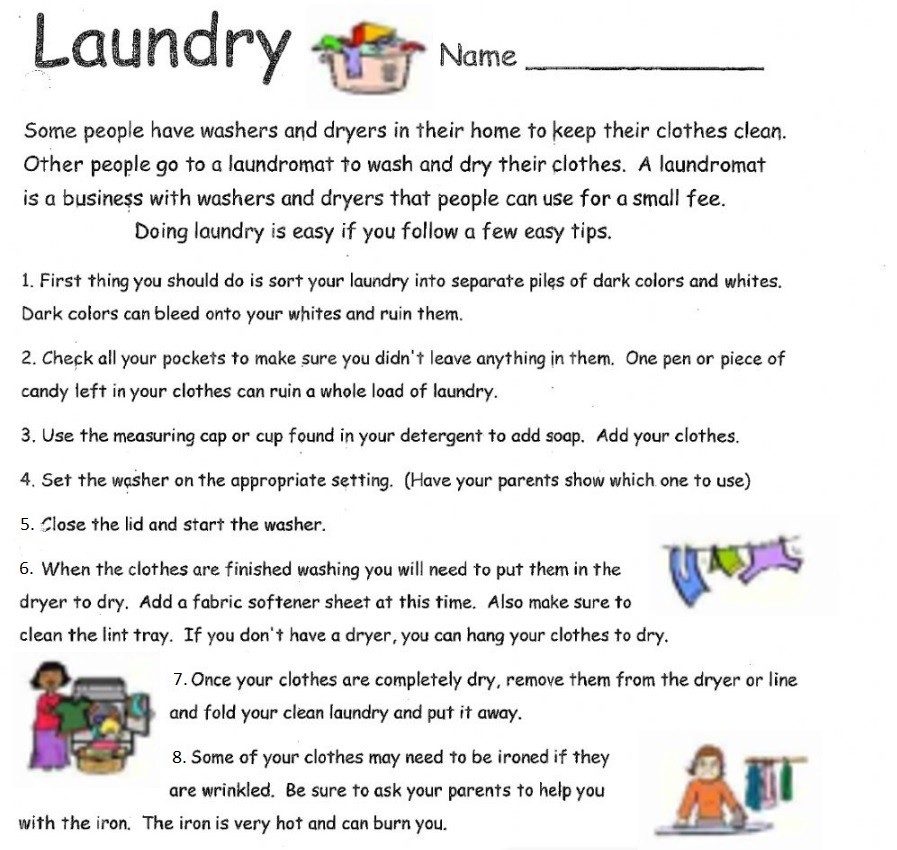
If your child is unable to read, task analyses can be made using just picture cards or actual photographs to illustrate the steps of a skill. These examples following a morning routine, riding in the car and using a stapler:
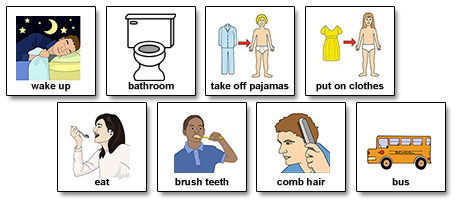
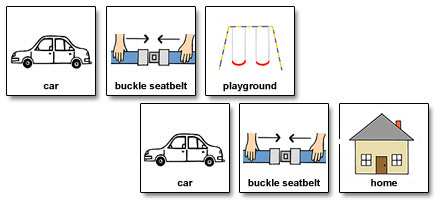
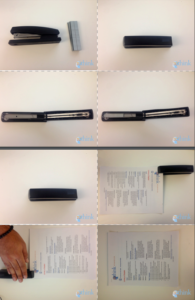
How do I create a Task Analysis?
Here are the steps to take to create a task analysis to help your child:
- Physically complete all of the steps of the skill yourself
- Do the skill again and write down each step as you do it
- Compile all the steps into a sequence using words, pictures or both that your child will be able to understand and use to help them learn
There is no set number of steps to a skill. Some children will require the skill broken down into many small steps to be able to be successful, others may require less steps. You can decide how many steps will be needed for your child to learn.
How do I know if my child is learning?
You can observe your child to see if they are making progress, however having a little bit of data will show you exactly how fast your child is progressing and which steps are being mastered, as well as which steps may need more learning attention. To take data, you would note if the child completed each step correctly (independently) or incorrectly (needed help). Here is an example for a simple data collection sheet for getting dressed:
| Date: March 3rd | Describe Step | Did the child complete independently? (Yes or No) |
| Step 1 | Take off PJ’s | Yes |
| Step 2 | Put on underwear | Yes |
| Step 3 | Put on pants | Yes |
| Step 4 | Put on shirt | No |
| Step 5 | Put on socks | No |
| Step 6 | Put on shoes | No |
| 50% Correct |
Resources of Task Analysis for Special Needs Children
For more resources and information about using a task analysis:
The tools every district needs to design, deliver and monitor evidence-based practices in special education. (2015). Retrieved March 10, 2017, from https://www.rethinkfirst.com/
Developing Life Skills: How to Teach A Skill. (n.d.). Retrieved March 10, 2017, from https://tacanow.org/family-resources/life-skills/
Printable Picture Cards. (n.d.). Retrieved March 10, 2017, from https://do2learn.com/picturecards/printcards/index.htm
Says, R., Says, C., Says, J., & Says, D. W. (2015, August 27). What You Need to Know About Task Analysis and Why You Should Use It. Retrieved March 10, 2017, from https://autismclassroomresources.com/what-you-need-to-know-about-task-analysis-and-why-you-should-use-it/










